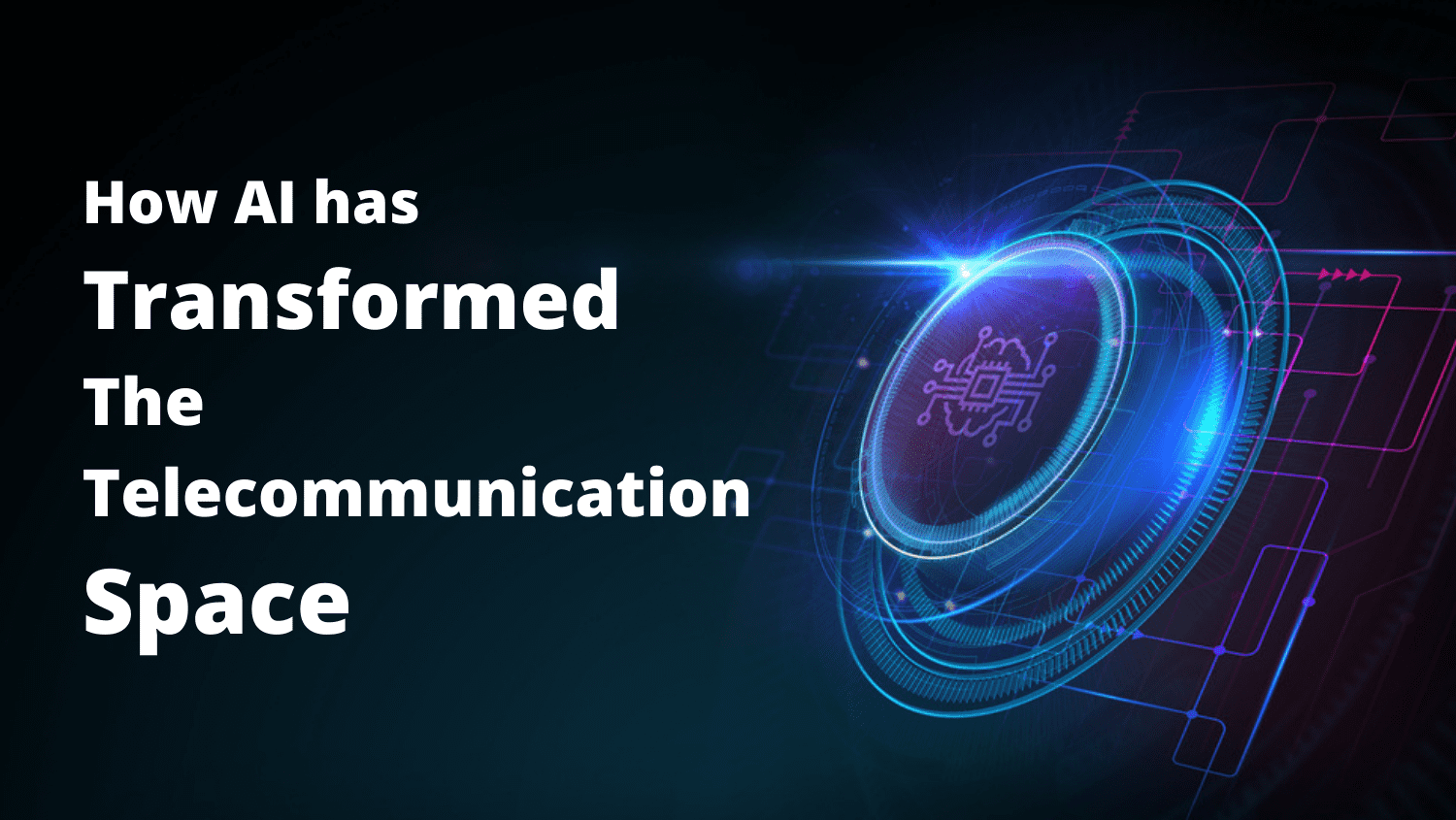
How AI has Transformed the Telecommunication Space
AI, or artificial intelligence, has been dominating the conversation in technology for several years. People tend to speak about AI as if it were a far-off, almost fictional element of technology that will take the human experience to the next level.
The reality is that AI is already fully ingrained into several tech industries. It is already improving customer experiences in a variety of ways. Below is a summary of the four main ways that AI has transformed the telecommunications space.
1. Network optimization
Telecommunications usage can vary drastically based on traffic, region, timezone, and even time of day. When networks are not optimized for usage, frustrating and costly delays can occur. Today, AI is used to optimize networks quickly and seamlessly. Powerful algorithms can predict and even account for changes in network usage, and can optimize network access in real time so that services are not delayed or interrupted. Telecommunications users rely on AI for optimization every day without even realizing it.
2. Customer support
Have you ever sat on hold for an eternity, only to explain your problem to a support representative who cannot help you, only to be transferred to another rep in order to completely explain your problem again? Of course you have. Fortunately, the implementation of AI has largely made that a frustration of the past. With AI support chat, you can explain your issue before a support rep is even brought into the interaction. In that way, the support rep can be briefed on your telecom issue and can actually start solving it before you even connect. AI can route end users to the correct support person or team automatically, saving both end users and support reps time and frustration. If you have ever chatted with a support bot about a problem you were facing with a product or service, you were interacting with artificial intelligence.
3. Robotic process automation
Telecommunications is an incredibly nuanced industry. People require different levels of access, different billing structures, and different levels of support. For that reason, robotic process automation has been put in place to quickly and efficiently handle the thousands of daily processes that happen in the telecom industry every day without having to burn manpower or account for human error. Ai handles automatic billing, data entry, or service fulfillment so that the end user gets quick, reliable services that are billed quickly and accurately.
4. Data analysis
Instead of relying on a person or a team of people to analyze all of the data that telecom providers collect on their end users, Algorithms can be built that both analyze data and make suggestions. For example, AI can quickly and accurately analyze times of peak usage…it can look for and later predict anomalies that can then be accounted for in providing telecommunications services. The telecom industry is able to pivot as quickly as it can due to artificial data analysis.
Telgoo5 is an end-to-end cloud based Saas platform that powers cable and Internet service providers, mobile network operators, mobile virtual network operators, enables, and aggregators. We employ AI to support all of our services, which keeps us on the cutting edge of the telecommunications industry. To learn more about our services or how we effectively leverage AI, reach out to us today.
Contact us today to get a consultation!
Send us a message to get answers to any of your questions & we'll get back to you within 24-48 hours or as soon as possible.
